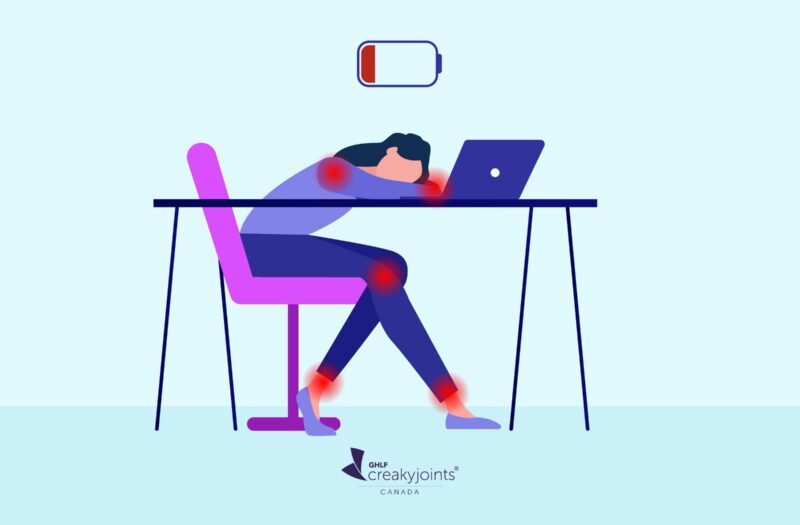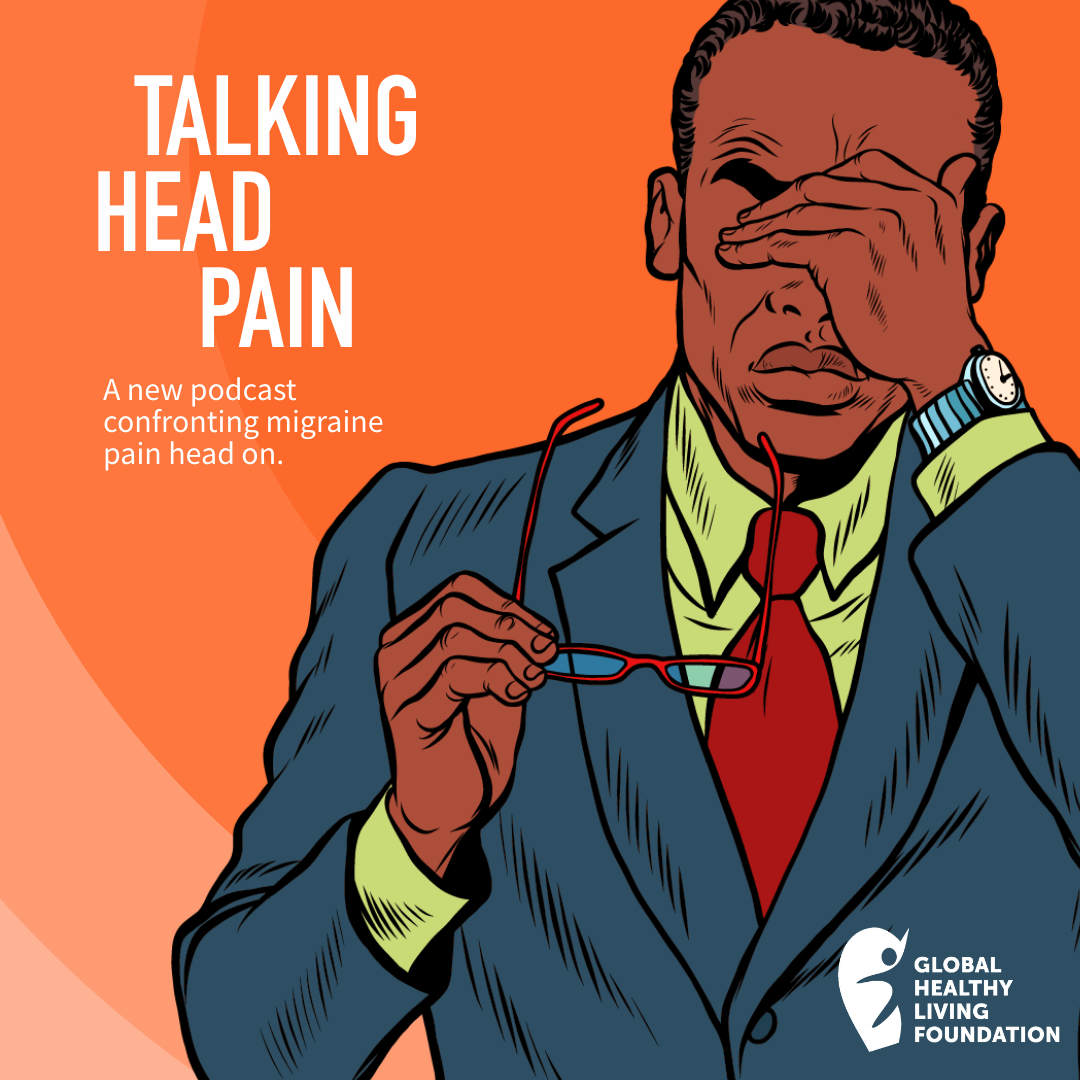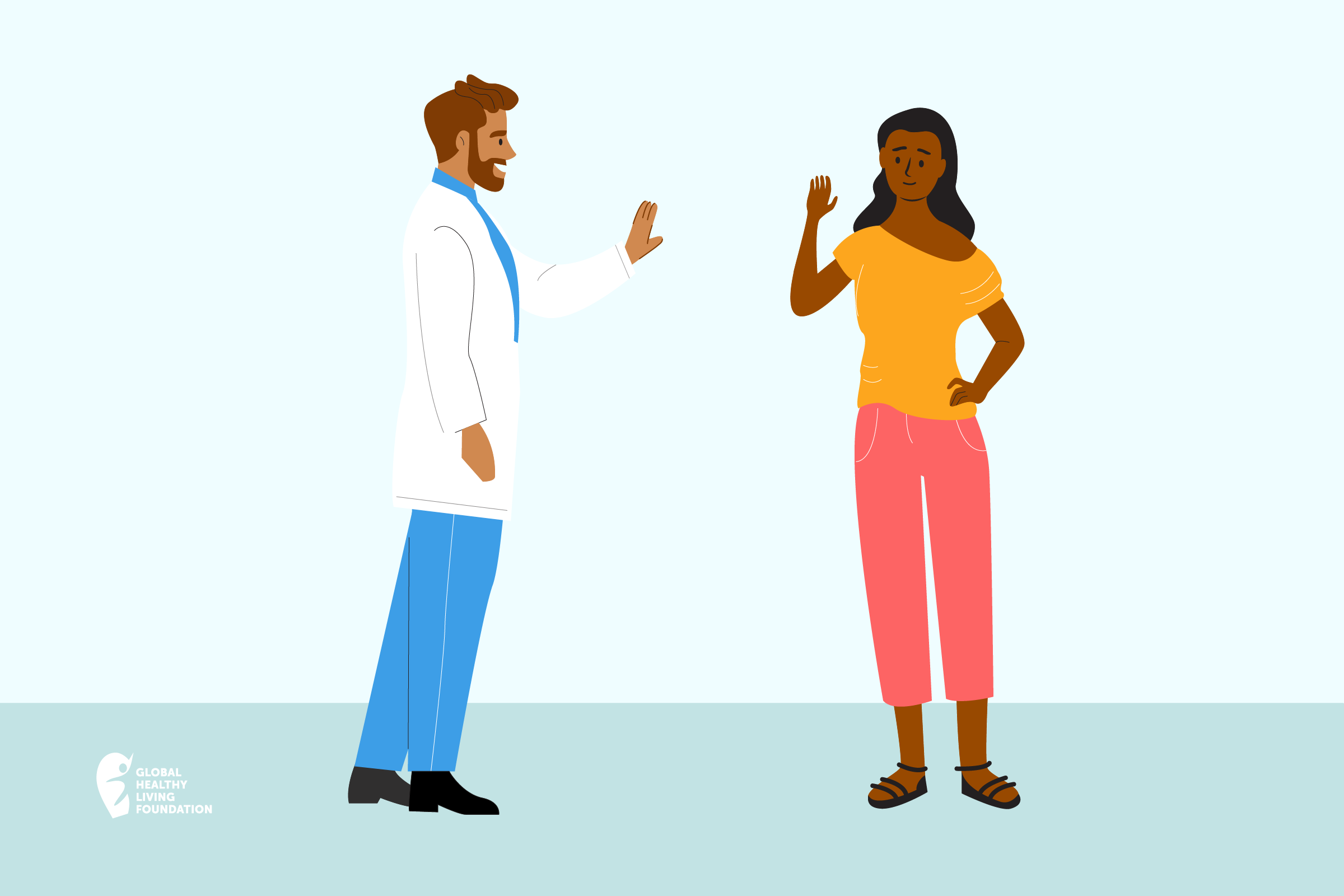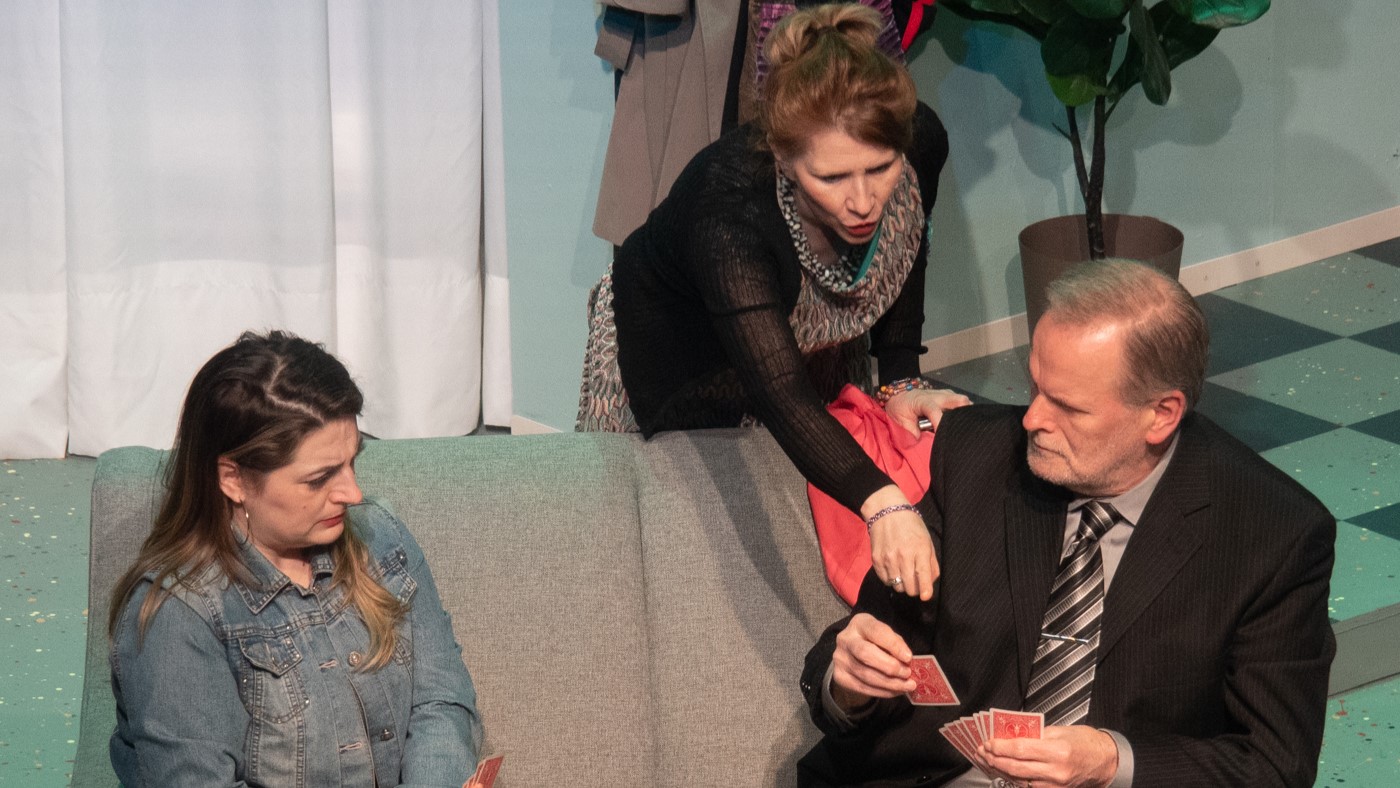I live with rheumatoid arthritis (RA) fatigue. To the uninitiated, this sounds like I’m a bit tired all the time. But it’s much more than that. Fatigue from inflammatory arthritis is a profound level of exhaustion that affects every moment of my day and all my life as much or more than my chronic arthritis pain, but with one major difference.
I have many tools to deal with my rheumatoid arthritis pain, but almost none for my fatigue.
According to a 2020 article from rheumatologist Janet Pope, MD, of the University of Western Ontario, fatigue affects at least 75 percent of people living with RA. And half of people report fatigue levels that are moderate to severe. That’s a lot of people struggling to live their lives while running on empty. But fatigue is not just about the need to rest (and then rest some more) — it also has ripples into the rest of your life.
How RA Fatigue Affects My Daily Life
The fatigue that has hitched a ride on my RA journey interferes with what I can do, how I move, what I eat, and what I wear. It disrupts my ability to work, focus, think, tell jokes, learn, debate, and even remember loved ones’ birthdays.
My fatigue is a heavy, lead-lined cape that weighs down every movement so I need more energy for even simple tasks. It also dulls my mind, adding ever-denser wisps of fog to slow my thinking and obscure memory. As I become more tired, I must use more of my available mental and physical strength on every step and task throughout the day, so I must prioritize what is most important.
Inevitably, I spend most of my energy on need-based tasks — such as work — so I can pay for my rent, groceries, and medication, leaving none for what I want to do or what my emotional health needs. Translation: I don’t call my friends, cancel plans too many times, forget birthdays, and beat myself up for not being there for the people I love. The next ripple is increasing social and emotional isolation that becomes depression. Ironically, depression also contributes to fatigue and the vicious cycle starts anew.
When I go to a doctor, in desperate pain and with joints swollen to the size of balloons, they can wave a magic wand in the form of a pen and prescription pad to (hopefully) suppress RA inflammation and treat pain. When I first started biologic medications years ago, I discovered that treating the inflammation helps reduce my brain fog and fatigue and managing my pain decreased fatigue even further.
But I also discovered what has been found in many research studies: that for me, and so many others, some of the fatigue remains, even if my RA pain and swelling is considered in remission. But when I go back to my doctor, desperate for tools to deal with this bone-crushing exhaustion, there is no magic wand.
The COVID Pandemic Impact on Fatigue
Of course, fatigue is not just related to RA. In the past two years of the COVID-19 pandemic, I’ve discovered just how much energy it takes to manage my mental health in the face of constant changes, daily doses of terrifying news, and being even more isolated than usual from the people I love.
Being high-risk for COVID-19 due to immunosuppressant RA medications in a global health crisis is fanning the flames of my pre-existing medical PTSD. It is overwhelming and exhausting and has sapped my energy even further. Other life events also sap your energy — stressful times at work, family conflicts, moves, exams, financial troubles, and more. Adding all of this to your RA-related fatigue can make it feel as if fighting back and keep moving forward is futile.
But although you may never quite get back to pre-RA energy levels, there are steps you can take to protect and even start to rebuild your energy. Just as with treating RA inflammation and pain, addressing fatigue takes a toolbox approach, using multiple strategies working together to get you where you want to be. The following are some of the tools I’ve found useful.
How I Deal with RA Fatigue
I got my RA joint symptoms under control
I tried my first biologic in the early days of 2005 and knew very quickly that it was working. This had very little to do with visible reduction in swelling and everything to do with an increase in energy and the fog slowly lifting from my brain. I could think again and started feeling ready to deal with the mountains of papers I had ignored for months. The thought of having a conversation no longer made me want to curl up and whimper. Finding an effective treatment for my RA was an essential factor in starting to build back more energy.
I explored other medical causes for fatigue
Although my energy levels started to increase, much of the fatigue persisted after my inflammation was suppressed. I knew that other conditions may also include fatigue, so I booked a physical with my family doctor and found out that fatigue is a symptom of other conditions, including thyroid issues, low levels of vitamin B12 and D, and sleep apnea. Getting tested — and treated, if necessary — may contribute to improving your energy. For me, this means weekly B12 injections and using a light therapy lamp.
I built restorative rest time into my day
Just as I have made changes to my life to manage my pain, I also needed to make changes to cope with fatigue. I treat my daily nap as a sacred part of my efforts to manage pain and fatigue and quickly learned that I feel much better when I respect my body’s request for some downtime. Even if you don’t have the flexibility to nap, you can give your body rest in different ways, including sitting on a bench, finding a quiet corner at work to meditate, or taking half an hour of lying on the couch when you come home. Simply getting off your feet and being still can make a difference.
My RA doesn’t define me, but the reality is that it does affect everything I do and how I do it. I have finally realized that fighting back against this fact wastes precious energy on a futile endeavour. I know now that if I want to live as well as possible, I need to take care of my body — and that includes accepting the fatigue. Making changes that address this ultimately creates a better life for me.
Stay in Touch with CreakyJoints Canada
Part of the nonprofit Global Healthy Living Foundation, CreakyJoints is a digital community for millions of arthritis patients and caregivers worldwide who seek education, support, advocacy, and patient-centered research. All of our programming and services are always provided free of charge. As we grow CreakyJoints Canada we want to hear from you. Please join our email list to stay connected, learn about new content and initiatives, and send us suggestions and ideas.






